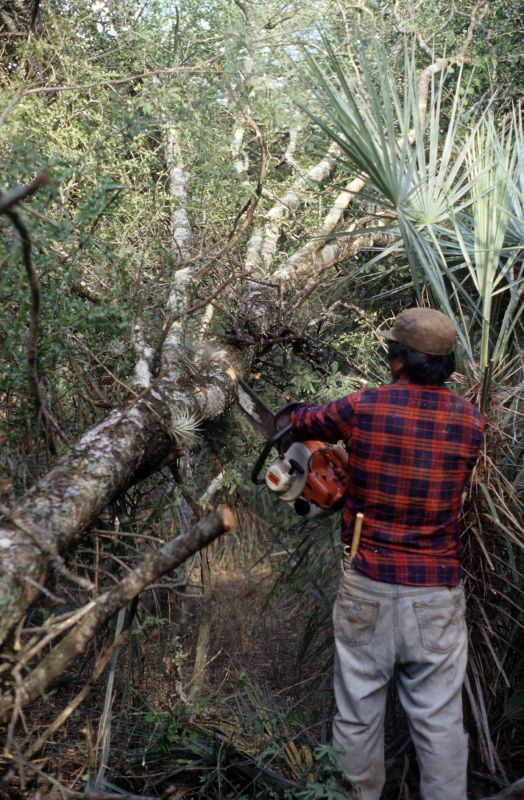
Bringing Forest and Poverty into Focus in Argentina
CHALLENGE
The Chaco Eco-region in northern Argentina includes some of the country’s poorest communities, many of which are dependent on forests for their livelihoods. The Chaco Eco-region also suffers from the highest rates of deforestation in Argentina. Between 2006 and 2011, more than 1.5 million hectares of natural forest were destroyed, with conversion to agriculture and uncontrolled (often illegal) forest exploitation causing deforestation at a rate of 1.2 percent per year. Biodiversity has also been lost, soil and water resources have been degraded, and carbon emissions have increased.
APPROACH
This activity will describe and quantify how the rural poor in the Chaco Eco-region depend on forest-derived income for their livelihoods. Evidence from other countries and contexts shows that similar populations tend to earn 25-35% of their income from the forest. However, no such analysis has been completed in Argentina. This study will seek to answer such questions as: Do forests provide opportunities for poor households to build wealth and a pathway out of poverty? Does dependence on forest resources reflect limited options available to the poor, trapping them in a vicious cycle? How have forest policies impacted deforestation? This activity will also investigate linkages between forest dependence and land tenure, market accessibility, and social inclusion. The primary groups to be surveyed include small and medium-sized forest owners and communities, mainly of indigenous and criollo origin, 70 percent of whom live below the poverty line.
This analysis will fill a critical knowledge gap. The Living Standards Measurement Survey (LSMS) forest module will be used, and the Forest Poverty SWIFT tool will also be piloted to evaluate its utility and efficiency for data collection in the context of forests and poverty linkages.
In addition, this activity will evaluate the impact of the current Forest Fund Program in Argentina, adding new insight into the intervention’s effectiveness in preventing forest loss and land-use change, and providing direction for future improvement. Community-based maps will be produced to strengthen land management and land-tenure within indigenous and criollo communities, and support the monitoring of natural resources in adjacent forest areas.
Key outputs will include:
- A dataset on household characteristics, incomes, and natural resource dependence in the Chaco Eco-region;
- Knowledge products describing the results from the impact evaluation analysis, and from the geospatial and econometric analysis of forest dependence and poverty linkages;
- Community base-maps of land use, natural resources, and land tenure in at least two communities;
- Dissemination activities including a South-South learning and exchange event, a published report, workshops, and BBLs.
RESULTS
- Quantification of natural resource dependence and poverty linkages. An in-depth analysis of the forest dependence of local communities in the Chaco Eco-region, through a mixed methods approach using quantitative and qualitative data collected from the Forests and Community Project beneficiary communities.
- Impact evaluation of Forest Fund: An evaluation of the National Forest Fund impacts on deforestation was performed and presented to national authorities.
- Land use survey and drone mapping: Community-based maps of land use, natural resources, and land tenure developed.
- Findings disseminated: The preliminary econometric analysis exploring forest-poverty linkages in northern Argentina was published as part of Argentina’s Country Environmental Analysis. The results of these analytical products analyzing forest and poverty relationship were presented to staff of the Ministry of Environment and Natural Resources. Findings of the impact evaluation of the Forest Fund have been presented to the National Forest Director. Public dissemination has not been authorized, so far.
- Communications materials: 1 infographic; 3 animated videos, 4 documentary videos and 1 story map.
For stories and updates on related activities, follow us on twitter and facebook , or subscribe to our mailing list for regular updates.
Last Updated : 06-15-2024








